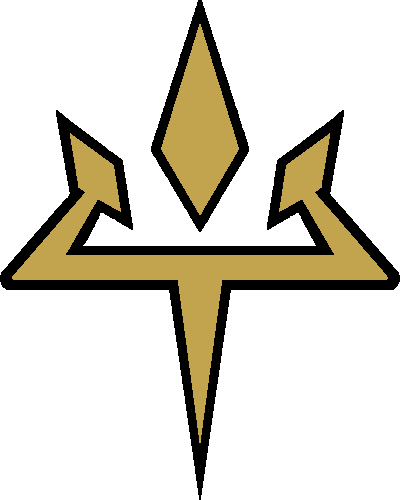
The Golden Dawn originated in England, and the directional/elemental correspondences reflect a European perspective. Most notable here are the cardinal directions. The Hermetic Order of the Golden Dawn codified some of these correspondences in the 19th-century. The Golden Dawn's Elemental/Directional Correspondences These are frequently the basis for additional correspondences. While the types of correspondences are nearly endless, associations between elements, seasons, time of day, elements, moon phases, and directions have become fairly standardized in the West. These associations are commonly borrowed by other groups as well.Ĭeremonial occult systems traditionally depend on systems of correspondences: collections of items that are all associated in some way with the desired goal. The colors used here are those associated with each element by the Golden Dawn. This is generally not the position of those who commonly work with point-down pentagrams, and is often not the position of those associating themselves with point-up pentagrams either. Since then, some have simplified those associations to represent good and evil.

A point-up pentagram came to symbolize spirit ruling over the four physical elements, while a point-down pentagram symbolized spirit being subsumed by matter or descending into matter.
The issue of a pentagram being point-up or point-down only gained relevance in the 19th-century and has everything to do with the arrangement of elements. The final line between earth and spirit completes the geometric shape. Starting with spirit, the highest element, we descend to fire, then follow the lines of the pentagram over to air, across to water, and down to earth, the lowest and most material of the elements. This hierarchy determines the placement of elements around the pentagram. Traditionally, there is a hierarchy among the elements ranging from the most spiritual and rarefied to the least spiritual and most material. Since at least the Renaissance, one of its associations is with the five elements. The pentagram has represented many diverse meanings over the centuries. Circling clockwise from earth you get water, and then air and then fire, which is the least material of the elements. Earth is the lowest, most material element. That hierarchy can be traced through this diagram. The lower elements in the hierarchy are more material and physical, with the higher elements becoming more spiritual, more rarefied, and less physical. There is traditionally a hierarchy of elements, although some modern schools of thought have abandoned this system. Water and fire are also opposites and lack the crossbar.Air and earth are opposites and have the crossbar.These opposing elements are on opposite sides of the diagram and are distinguished by the presence or absence of the crossbar within the triangle: Unlike the warm and cold qualities, moist and dry qualities do not immediately correspond to other concepts.īecause each element shares one of its qualities with one other element, that leaves one element completely unrelated.įor example, air is moist like water and warm like fire, but it has nothing in common with earth. The second pair of qualities is moistness or dryness. Female, cold elements point downward, descending into the earth. Male, warm elements point upward, ascending toward the spiritual realm.

The orientation of the triangle is determined by warmth or coldness, male or female. This is a strongly dichotomous system, where male qualities are things like light, warmth, and activity, and female qualities are dark, cold, passive, and receptive. In classical elemental systems, each element has two qualities, and it shares each quality with one other element.Įach element is either warm or cold, and this corresponds with a male or female gender. Each element is connected with aspects in each of these, and it helps correlate their relationship to one another. Some modern systems, such as Wicca, view the elements as equal.īefore we examine the elements themselves, it is important to understand the qualities, orientations, and correspondences that are associated with the elements. In traditional Western occult theory, the elements are hierarchical: Spirit, fire, air, water, and earth-with the first elements being more spiritual and perfect and the last elements being more material and base. Others call it Aether or Quintessence (literally " the fifth element" in Latin). The fifth element, which goes by a variety of names, is more rarefied than the four physical elements. Alchemists eventually associated four triangular symbols to represent these elements. Of these, four were the physical elements-fire, air, water, and earth-of which the entire world is composed. The Greeks proposed the existence of five basic elements.


 0 kommentar(er)
0 kommentar(er)
